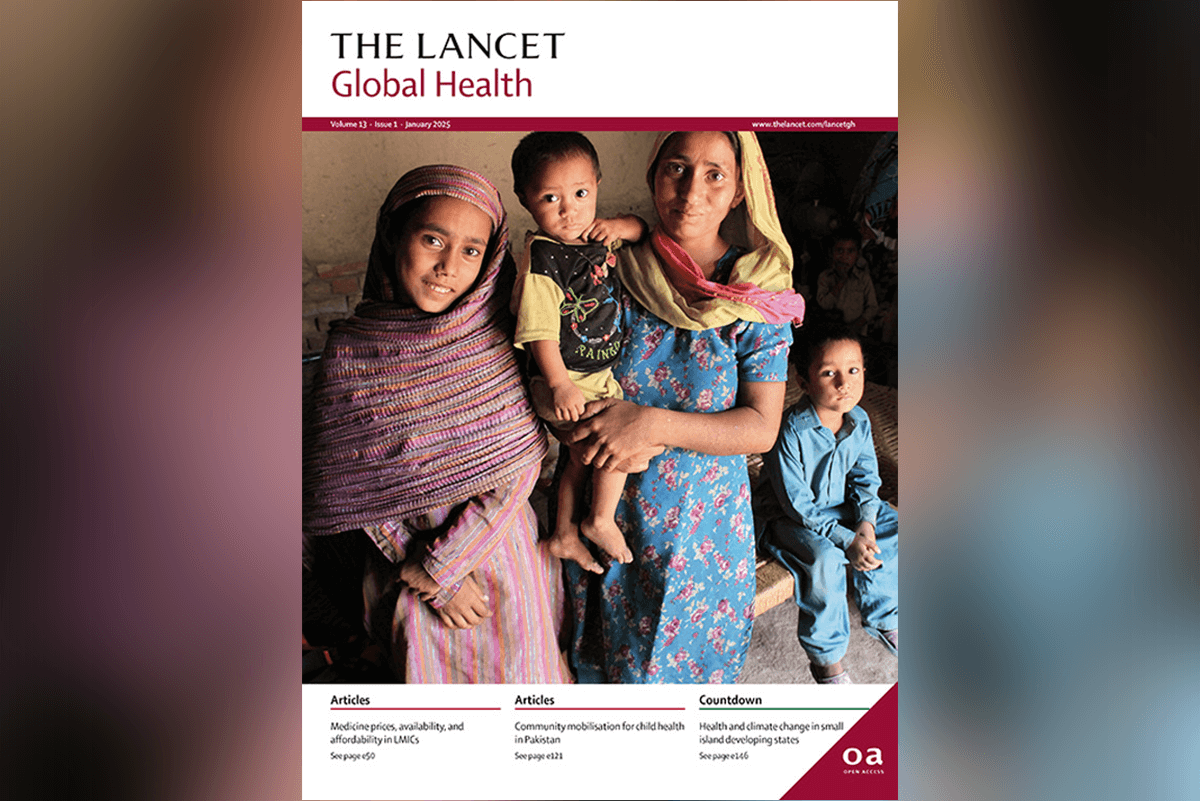
by Somayeh Makvandi, Menopause Andropause Research Center, Ahvaz Jundishapur University of Medical Sciences, Ahvaz, Iran
COMMENT Volume 13, Issue 1 E8-E9 January 2025 Open access
Medical abortion represents a pivotal advancement in reproductive health, empowering women with greater autonomy and choice regarding their reproductive decisions. As health-care providers and policy makers continue to refine protocols surrounding medical abortion, understanding the intricate dynamics of the timing of drug administration becomes increasingly vital. The non-inferiority trial by Margit Endler and colleagues, which explores the effectiveness of administering misoprostol post mifepristone (comparing a 24-hour interval with a 48-hour interval), offers essential insights into optimising abortion care and improving patient experiences and outcomes. The findings of this pivotal study reveal that by 24 hours after the initial misoprostol dose, 261 (98%) of the 266 participants in the 24-hour interval group and 258 (97%) of the 265 participants in the 48-hour interval group had successful abortions (defined as complete fetal expulsion). Although this high success rate is consistent with existing literature, with efficacy rates ranging from 94% to 100%, the subtler outcomes for the different regimen timings provide a crucial focus for ongoing discussions about improving medical abortion pathways. Notably, participants in the 48-hour interval group exhibited a greater propensity for early successful abortion, with participants in this group having successful abortions after the first dose of misoprostol significantly more often than participants in the 24-hour interval group (ten [4%] of the 266 participants in the 24-hour interval group vs 47 [18%] of the 265 participants in the 48-hour interval group), illustrating a tangible benefit from an extended interval that compels us to re-evaluate current guidelines. The average induction time recorded was approximately 6·5 hours for the 48-hour interval group, reflecting a clinically significant 20% reduction in the overall abortion experience time. This finding is salient given the multifaceted stressors individuals endure during medical abortions—both physical and emotional. Reviews of patient experiences in this study raise an essential question about existing protocol rigidity: do current guidelines effectively respond to individual patient needs and circumstances?
Although the 48-hour regimen shows benefits in abortion success rates and participant satisfaction, the study did not report on total abortion time, which, according to a previous study, is nearly halved with a 24-hour interval. This reduction might outweigh any benefits of delaying misoprostol intake for many individuals. Additionally, minimising hospital time could reduce the risk of surgical interventions, as hospital stay is associated with both pain and costs. Recent evidence suggests that allowing patients to take the first dose of misoprostol at home could further shorten hospital time during second-trimester medical abortions.
The emphasis on patient experience in this study is commendable, with 70–80% of participants reporting pain and bleeding levels that met or fell below expectations. Participants in the 48-hour interval group perceived their abortion experience as shorter than anticipated, highlighting the importance of effective communication and thorough preparatory guidance in reducing anxiety and enhancing satisfaction.
The study’s implications for clinical practice are substantial; as health-care professionals optimise medical abortion protocols, the evidence supporting a 48-hour interval necessitates a reassessment of resource allocation, particularly in resource-limited settings. Understanding local health-care contexts—such as staff availability and individual patient needs—will be crucial for implementing best practices on the basis of these findings.
Although Endler and colleagues’ study has yielded invaluable quantitative insights, future research should consider mixed methodologies incorporating qualitative data. Such an approach would enrich our understanding of individual’s subjective experiences during medical abortions and elucidate the motivations that guide their choices. For instance, exploring why some individuals might prefer quicker interventions or hesitate to seek care could provide actionable insights for refining strategies and enhancing outreach. This knowledge is pivotal to ensuring care is effective and respects diverse needs and preferences.
As we navigate the evolving landscape of reproductive health, balancing optimal timing for medical abortion with the diverse needs of patients will be crucial. Comprehensive care should prioritise not only clinical efficacy but also positive, holistic experiences. Integrating health services for timely access, especially for at-risk populations (such as those facing socioeconomic barriers, limited access to health care, or stigmatisation), is essential. This study advocates for proactive improvements in reproductive health services, aligning clinical practices with patient realities to enhance access to safe and respectful abortion care. Such efforts not only improve individual health outcomes but also promote health equity and reproductive justice in society.
Ultimately, the synthesis of reliable quantitative findings with empathetic qualitative understanding creates a pathway toward holistic abortion care. As practitioners and stakeholders work together to refine and implement integrated health services tailored to women’s needs, we take a step closer to ensuring that all women receive the quality of care they deserve, substantially improving health outcomes in this crucial public health domain. Commitment to responsive and informed practices will be paramount in reshaping the future of reproductive health care to be inclusive, dignified, and personalised.



